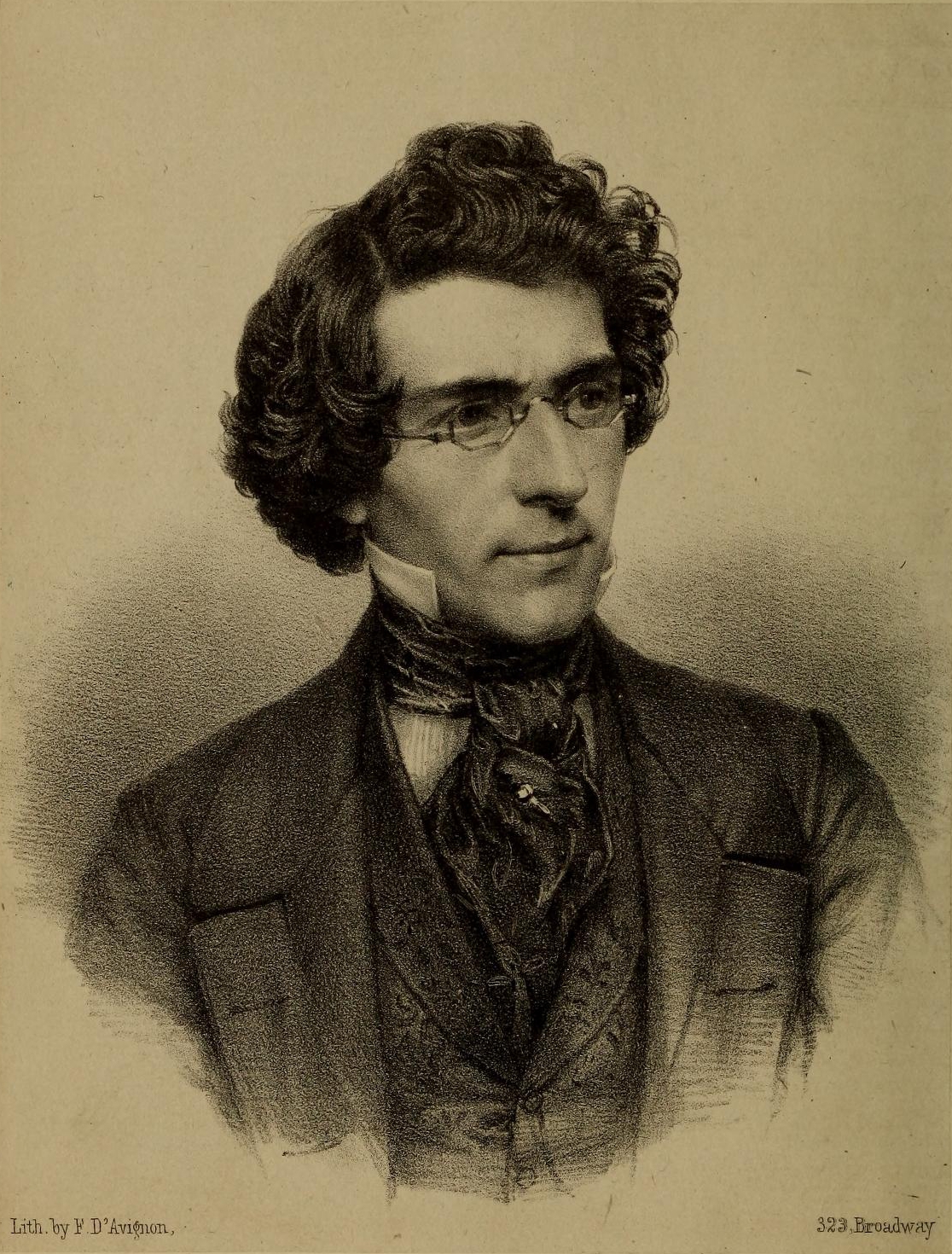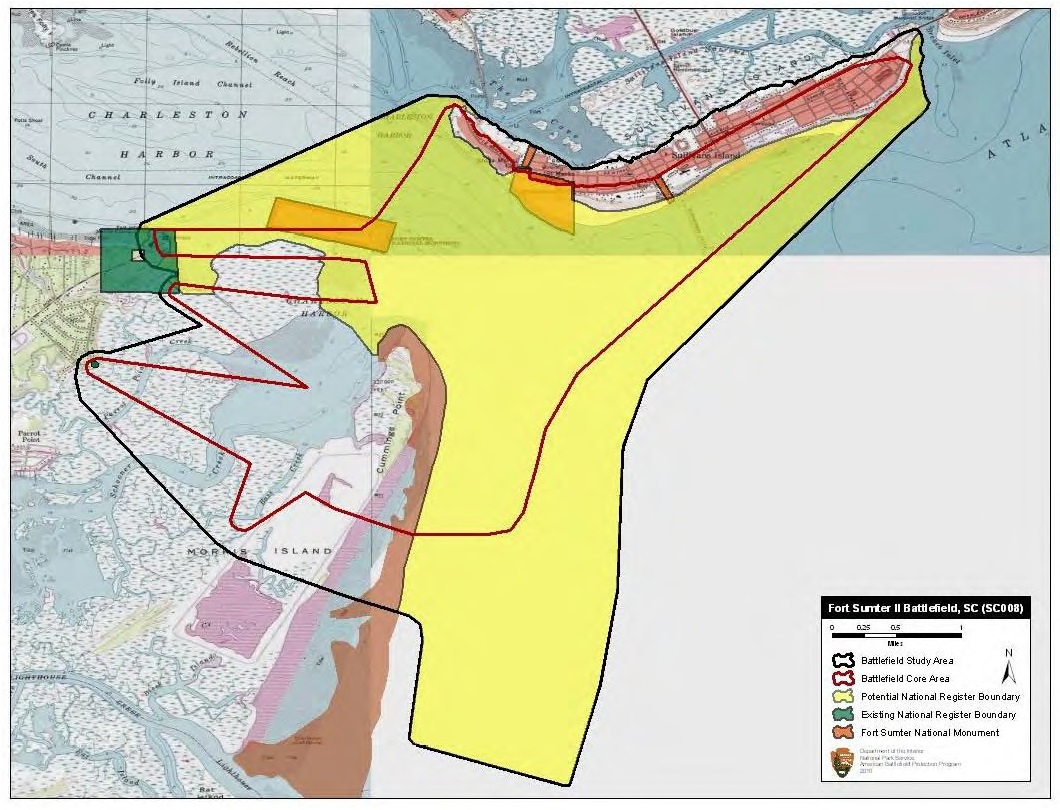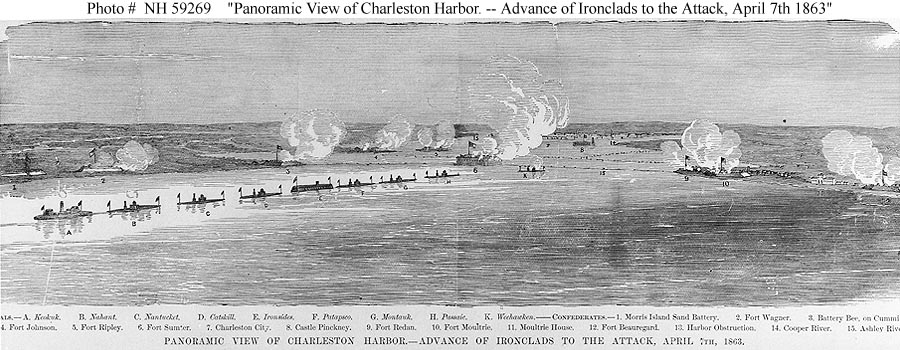|
P. G. T. Beauregard
Pierre Gustave Toutant-Beauregard (May 28, 1818 – February 20, 1893) was an American military officer known as being the Confederate general who started the American Civil War at the battle of Fort Sumter on April 12, 1861. Today, he is commonly referred to as P. G. T. Beauregard, but he rarely used his first name as an adult. He signed correspondence as G. T. Beauregard. Trained in military and civil engineering at the United States Military Academy, West Point, Beauregard served with distinction as an engineer officer in the Mexican–American War. Following a brief appointment as superintendent of the U.S. Military Academy in 1861, and after Louisiana seceded, he resigned from the United States Army and became the first brigadier general in the Confederate States Army. He commanded the defenses of Charleston, South Carolina, at the start of the Civil War at Fort Sumter on April 12, 1861. Three months later he helped win the First Battle of Bull Run near Man ... [...More Info...] [...Related Items...] OR: [Wikipedia] [Google] [Baidu] |
Mathew Brady
Mathew B. Brady ( – January 15, 1896) was an American photographer. Known as one of the earliest and most famous photographers in American history, he is best known for his scenes of the American Civil War, Civil War. He studied under inventor Samuel Morse, who pioneered the daguerreotype technique in America. Brady opened his own studio in New York City in 1844, and went on to photograph President of the United States, U.S. presidents John Quincy Adams, Abraham Lincoln, Millard Fillmore, Martin Van Buren, and other public figures. When the Civil War began, Brady's use of a mobile studio and darkroom enabled thousands of vivid War photography, battlefield photographs to bring home the reality of war to the public. He also photographed generals and politicians on both sides of the conflict, though most of these were taken by his assistants rather than by Brady himself. After the end of the Civil War, these pictures went out of fashion, and the government did not purchase the m ... [...More Info...] [...Related Items...] OR: [Wikipedia] [Google] [Baidu] |
Battle Of Chapultepec
The Battle of Chapultepec took place between U.S. troops and Mexican forces holding the strategically located Chapultepec Castle on the outskirts of Mexico City on the 13th of September, 1847 during the Mexican–American War. The castle was built atop a hill in 1783, and in 1833 it was converted into a military academy and a gunpowder storage facility. The hill was surrounded by a wall 1,600 yards long. The battle was one of the most pivotal battles during the Mexican–American War as it paved the way to seize Mexico City and led to a decisive American victory. On the U.S. side the army was headed by General Winfield Scott, who led a force totaling 7,200 men. The Mexican side was led by General Antonio López de Santa Anna, commander of the Mexican army, had formed an army of approximately 25,000 men. Chapultepec Castle was defended by General Nicholas Bravo and his infantry of approximately 832 men, including military cadets of the Heroic Military Academy (Mexico), Military A ... [...More Info...] [...Related Items...] OR: [Wikipedia] [Google] [Baidu] |
Battle Of Bentonville
The Battle of Bentonville (March 19–21, 1865) was fought in Johnston County, North Carolina, near the village of Bentonville, as part of the Western Theater of the American Civil War, Western Theater of the American Civil War. It was the last battle between the western field armies of William Tecumseh Sherman, William T. Sherman and Joseph E. Johnston. As the right wing of Sherman's army under command of Maj. Gen. Oliver Otis Howard, Oliver O. Howard marched toward Goldsboro, North Carolina, Goldsborough, the left wing under command of Maj. Gen. Henry Warner Slocum, Henry W. Slocum encountered the entrenched men of Johnston's army. On the first day of the battle, the Confederates attacked the XIV Corps (Union Army), XIV Corps and routed two divisions, but the rest of Sherman's army defended its positions successfully. The next day, as Sherman sent reinforcements to the battlefield and expected Johnston to withdraw, only minor sporadic fighting occurred. On the third day, as sk ... [...More Info...] [...Related Items...] OR: [Wikipedia] [Google] [Baidu] |
Second Battle Of Petersburg
The Second Battle of Petersburg, also known as the assault on Petersburg, was fought June 15–18, 1864, at the beginning of the Richmond–Petersburg Campaign (popularly known as the Siege of Petersburg). Union forces under Lieutenant General Ulysses S. Grant and Major General George G. Meade attempted to capture Petersburg, Virginia, before General Robert E. Lee's Confederate Army of Northern Virginia could reinforce the city. The four days included repeated Union assaults against substantially smaller forces commanded by General P. G. T. Beauregard. Beauregard's strong defensive positions and poorly coordinated actions by the Union generals (notably Major General William F. "Baldy" Smith, who squandered the best opportunity for success on June 15) made up for the disparity in the sizes of the armies. By June 18, the arrival of significant reinforcements from Lee's army made further assaults impractical. The failure of the Union to defeat the Confederates in these actions ... [...More Info...] [...Related Items...] OR: [Wikipedia] [Google] [Baidu] |
Second Battle Of Fort Sumter
The Second Battle of Fort Sumter was fought on September 8, 1863, in Charleston Harbor. Confederate General P. G. T. Beauregard, who had commanded the defenses of Charleston and captured Fort Sumter in the first battle of the war, was in overall command of the defenders. In the battle, Union forces under Major General Quincy Gillmore attempted to retake the fort at the mouth of the harbor. Union gunners pummeled the fort from their batteries on Morris Island. After a severe bombing of the fort, Beauregard, suspecting an attack, replaced the artillerymen and all but one of the fort's guns with 320 infantrymen, who repulsed the naval landing party. Gillmore had reduced Fort Sumter to a pile of rubble, but the Confederate flag still waved over the ruins. Background Union efforts to retake Charleston Harbor began on April 7, 1863, when Rear Admiral Samuel Francis Du Pont, commander of the South Atlantic Blockading Squadron, led the ironclad frigate ''New Ironsides'', th ... [...More Info...] [...Related Items...] OR: [Wikipedia] [Google] [Baidu] |
Second Battle Of Charleston Harbor
The second battle of Charleston Harbor, also known as the siege of Charleston Harbor, the siege of Fort Wagner, or the battle of Morris Island, took place during the American Civil War in the late summer of 1863 between a combined Union Army, U.S. Army/Union Navy, Navy force and the Confederate States Army, Confederate defenses of Charleston, South Carolina. Background After being repulsed twice while trying to take Fort Wagner by storm, Major general (United States), Maj. Gen. Quincy Adams Gillmore decided on a less costly approach and began laying siege to the fort. Opposing forces Union Confederate Siege Innovations and difficulties In the days immediately following the Second Battle of Fort Wagner, second battle of Fort Wagner, Union forces besieged the Confederate works on Morris Island with an array of military novelties. Union gunners made use of a new piece of artillery known as the Requa gun—25 rifle barrels mounted on a field carriage. While sappers dug zig-z ... [...More Info...] [...Related Items...] OR: [Wikipedia] [Google] [Baidu] |
Second Battle Of Fort Wagner
The Second Battle of Fort Wagner, also known as the Second Assault on Morris Island or the Battle of Fort Wagner, Morris Island, was fought on July 18, 1863, during the American Civil War. Union Army troops commanded by Brigadier general (United States), Brig. Gen. Quincy Adams Gillmore, Quincy Gillmore launched an unsuccessful assault on the Confederate States Army, Confederate fortress of Fort Wagner, which protected Morris Island, south of Charleston, South Carolina, Charleston Harbor. The battle occurred one week after the First Battle of Fort Wagner. Although it was a Confederate victory, the valor of the Black Union soldiers was widely praised. This had long-term strategic benefits by encouraging more African-Americans to enlist, allowing the Union to utilize a manpower resource that the Confederacy could not match for the remainder of the war. Background Fort Wagner, or Battery Wagner as it was known to the Confederates, controlled the southern approaches to Charleston ... [...More Info...] [...Related Items...] OR: [Wikipedia] [Google] [Baidu] |
First Battle Of Fort Wagner
The First Battle of Fort Wagner was fought on July 10 and 11, 1863, on Morris Island in Charleston harbor during the American Civil War. An attempt by the Union Army to capture Fort Wagner was repulsed. The more famous Second Battle of Fort Wagner, which involved an assault by the 54th Massachusetts, would be fought on July 18. Background In early June 1863, Union Brig. Gen. Quincy A. Gillmore replaced Maj. Gen. David Hunter as commander of the Department of the South. Gillmore, an Army engineer, had successfully captured Fort Pulaski in April 1862. He began preparations for capturing Morris Island and parts of James Island, which dominated the southern approaches to Charleston Harbor. If Union artillery could be placed in those locations, they could assist in the bombardment of Fort Sumter, whose guns prevented the U.S. Navy from entering the harbor. Opposing forces Union Confederate Battle On July 10, Union shot artillery on Folly Island (which had been occupi ... [...More Info...] [...Related Items...] OR: [Wikipedia] [Google] [Baidu] |
First Battle Of Charleston Harbor
The First Battle of Charleston Harbor was an engagement near Charleston, South Carolina that took place April 7, 1863, during the American Civil War. The striking force was a fleet of nine ironclad warships of the Union Navy, including seven monitors that were improved versions of the original . A Union Army contingent associated with the attack took no active part in the battle. The ships, under command of Rear Admiral Samuel Francis Du Pont, attacked the Confederate defenses near the entrance to Charleston Harbor. Navy Department officials in Washington hoped for a stunning success that would validate a new form of warfare, with armored warships mounting heavy guns reducing traditional forts. Du Pont had been given seven of the Passaic class monitors, the powerful , and the experimental ironclad . Other naval operations were sidetracked as their resources were diverted to the attack on Charleston. After a long period of preparation, conditions of tide and visibility allowe ... [...More Info...] [...Related Items...] OR: [Wikipedia] [Google] [Baidu] |
Siege Of Corinth
The siege of Corinth, also known as the first battle of Corinth, was an American Civil War engagement lasting from April 29 to May 30, 1862, in Corinth, Mississippi. A collection of Union forces under the overall command of Major General Henry Halleck (in his only field command of the war) engaged in a month-long siege of the city, whose Confederate occupants were commanded by General P.G.T. Beauregard. The siege resulted in the capture of the town by Federal forces. The town was a strategic point at the junction of two vital railroad lines, the Mobile and Ohio Railroad and the Memphis and Charleston Railroad. Former Confederate Secretary of War LeRoy Pope Walker called this intersection "the vertebrae of the Confederacy." Halleck argued: "Richmond and Corinth are now the great strategic points of the war, and our success at these points should be insured at all hazards." Another reason for the town's importance was that, if captured by Union forces, it would threaten the sec ... [...More Info...] [...Related Items...] OR: [Wikipedia] [Google] [Baidu] |
Battle Of Shiloh
The Battle of Shiloh, also known as the Battle of Pittsburg Landing, was a major battle in the American Civil War fought on April 6–7, 1862. The fighting took place in southwestern Tennessee, which was part of the war's Western Theater of the American Civil War, Western Theater. The battlefield is located between a small, undistinguished church named Shiloh, Hardin County, Tennessee, Shiloh and Pittsburg Landing, Tennessee, Pittsburg Landing on the Tennessee River. Two Union Army, Union armies combined to defeat the Confederate States Army, Confederate Army of Mississippi. Major general (United States), Major General Ulysses S. Grant was the Union commander, while General officers in the Confederate States Army#General, General Albert Sidney Johnston was the Confederate commander until his battlefield death, when he was replaced by his second-in-command, General P. G. T. Beauregard. The Confederate army hoped to defeat Grant's Army of the Tennessee before it could be reinforce ... [...More Info...] [...Related Items...] OR: [Wikipedia] [Google] [Baidu] |











